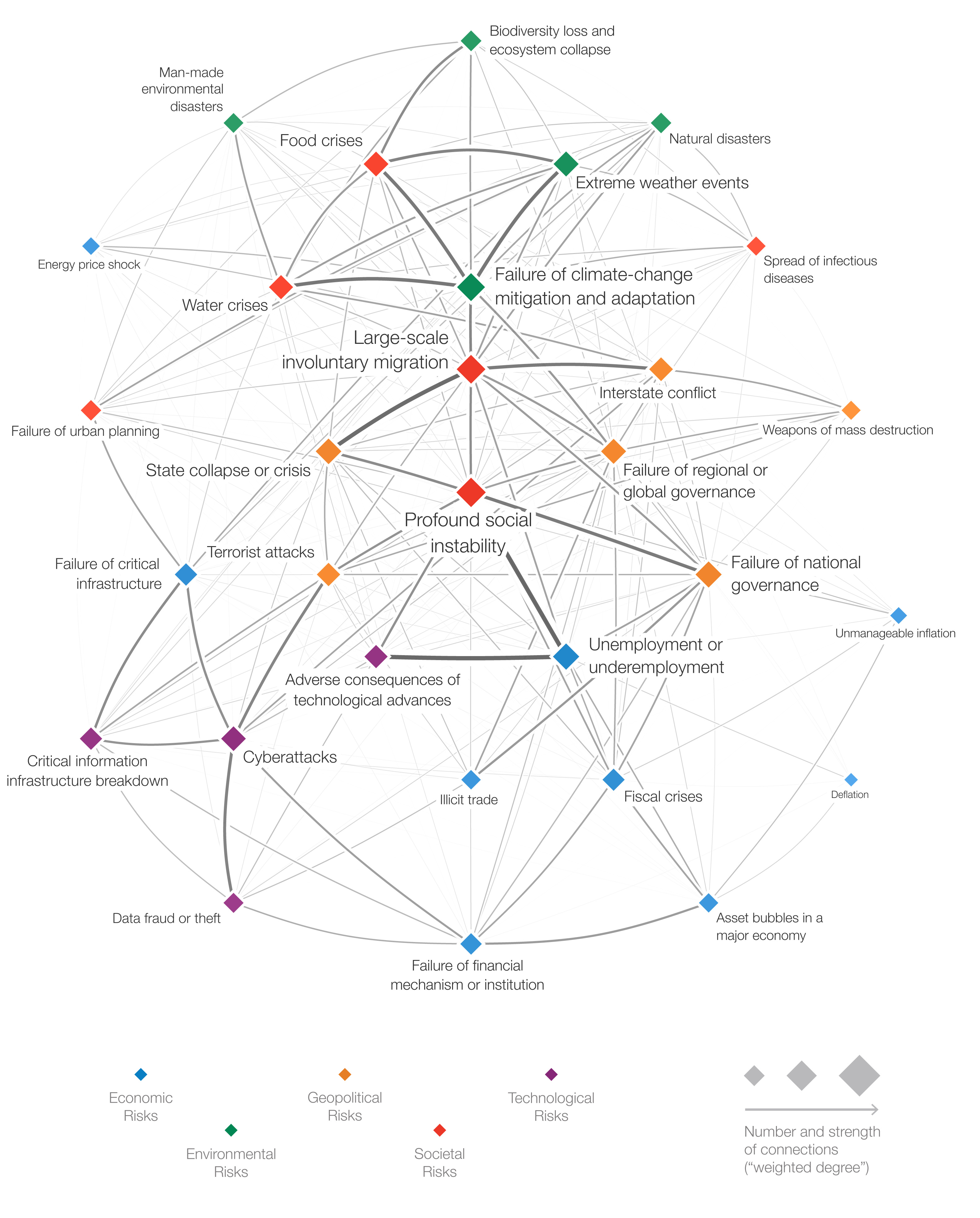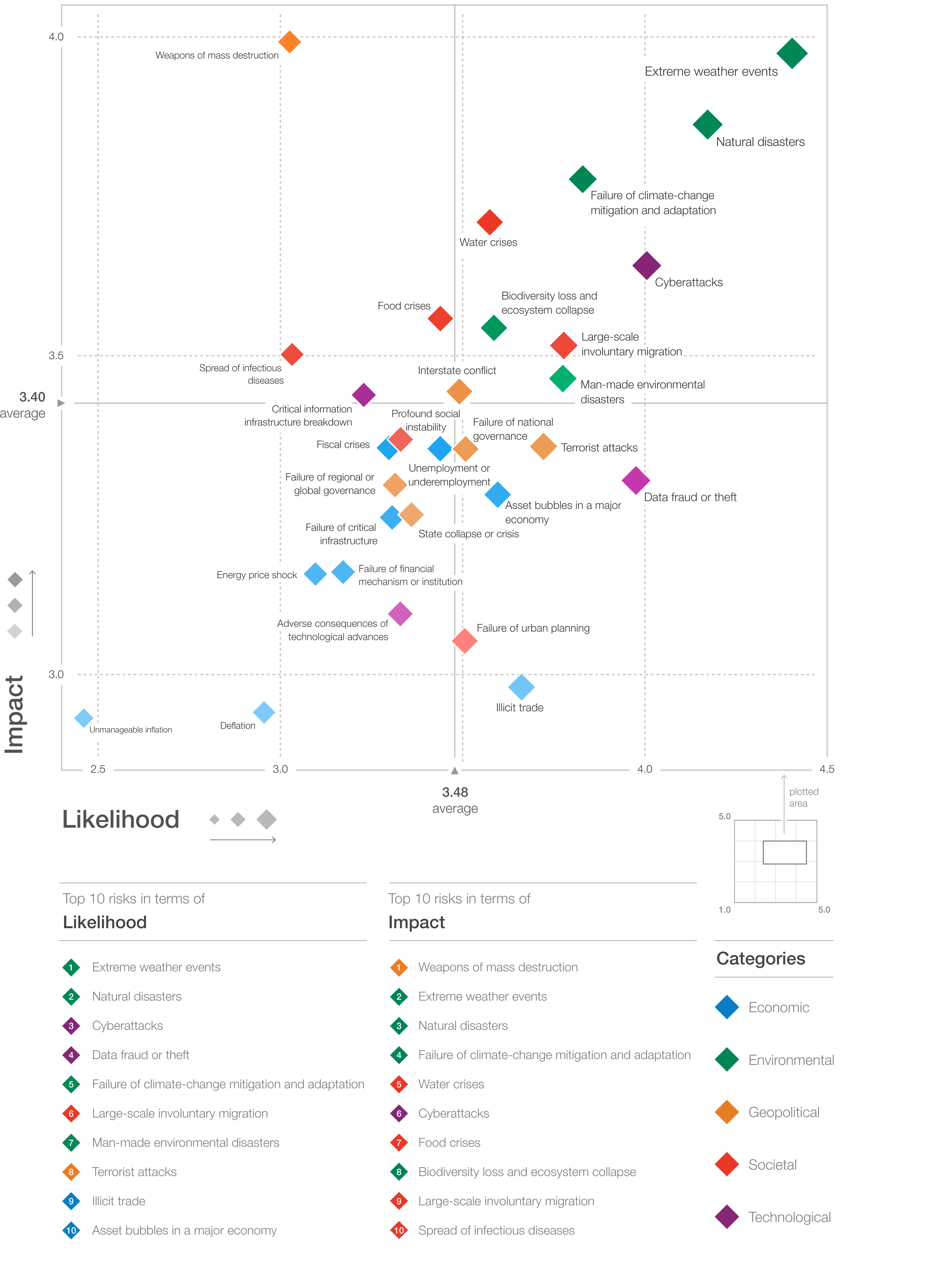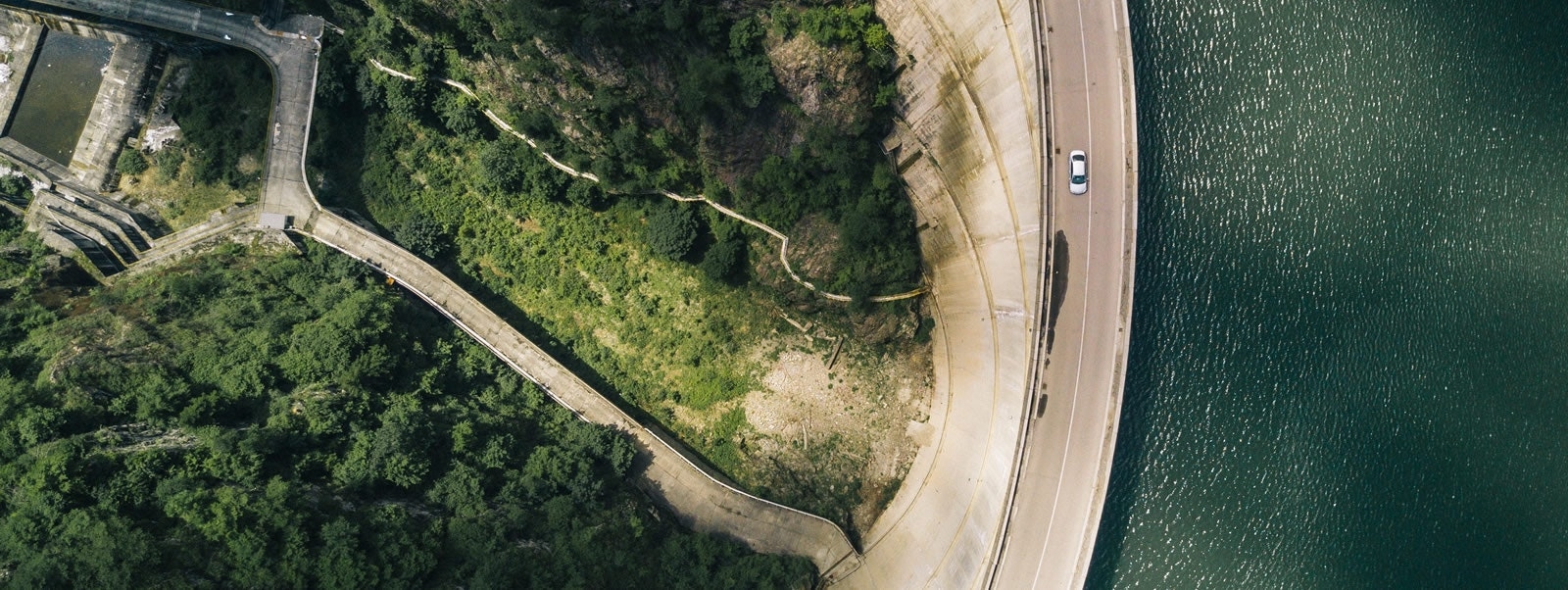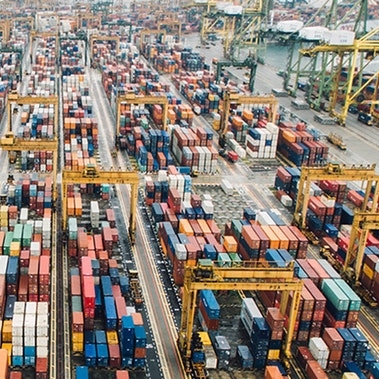The 13th edition of the World Economic Forum’s Global Risks Report, undertaken in partnership with Marsh & McLennan Companies, examines the evolving macro-level risk landscape and highlights the systemic threats that may disrupt expectations.
A more rigorous exploration of potential sources of value destruction, greater strategic agility to match a rapidly evolving market context, and sharper contingency planning for unexpected events are among the key takeaways for business leaders.
Is your company’s responsiveness aligned with the risks it faces? Find out more by reading The Global Risks Report 2018.
Risk Interconnection Map
Many business are adept at understanding how to mitigate conventional risks that can be relatively easily isolated and managed with standard risk management approaches. But when it comes to dealing with complex risks in interconnected systems, these standard approaches are not effective. Businesses must first understand the scale of, and interconnections between, the risks they face in order to build effective strategies to manage them.

Global risks require action across multiple organizations. Yet steeper obstacles to collective action heighten the challenge of getting varied stakeholders to coordinate in response to these risks
Global Risks Landscape
This year’s Global Risk Landscape is dominated by environmental concerns. As the financial crisis has receded, economic risks have faded sharply in prominence, replaced increasingly by environmental risks. But it is important to ask whether this swing to economic optimism suggests the possibility of complacency and a developing blind spot around economic risks. Businesses must not allow complacency to prevent them from preparing to manage even those risks that seem comparatively less likely.







